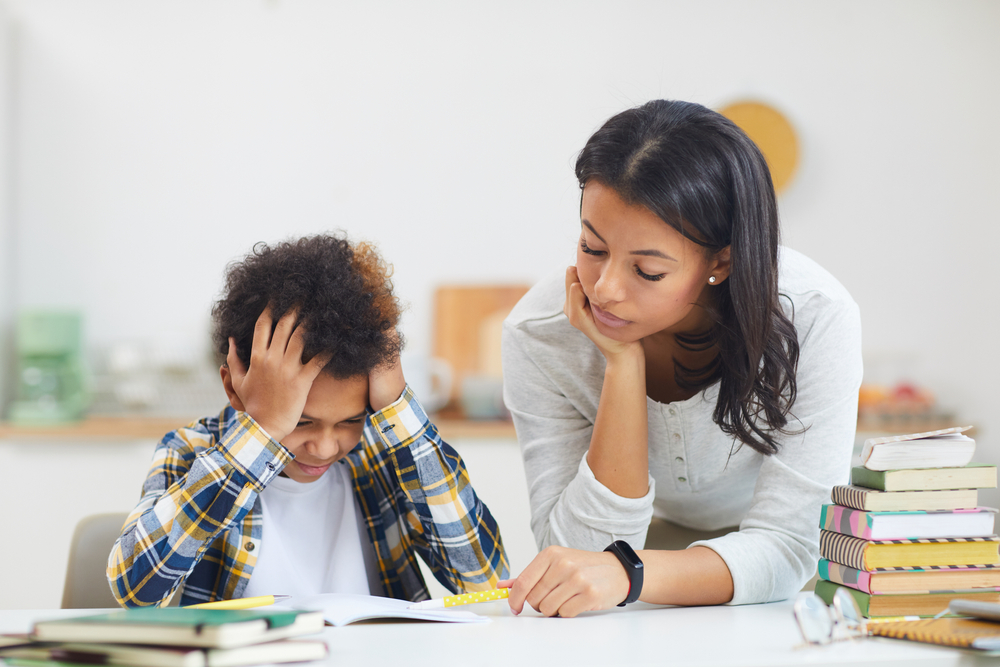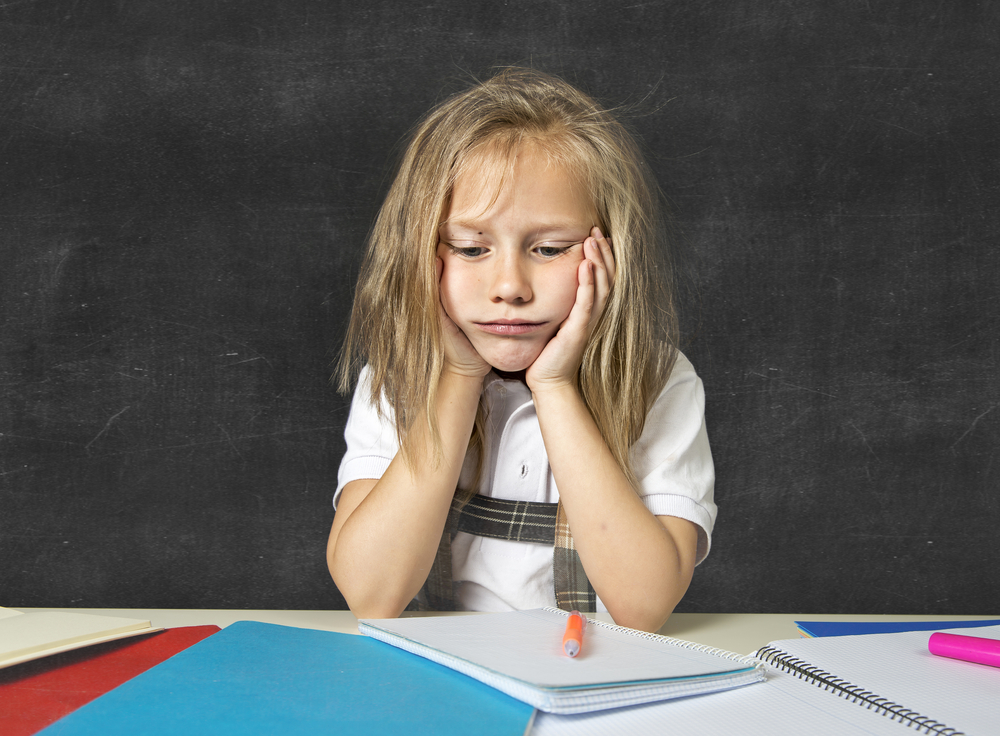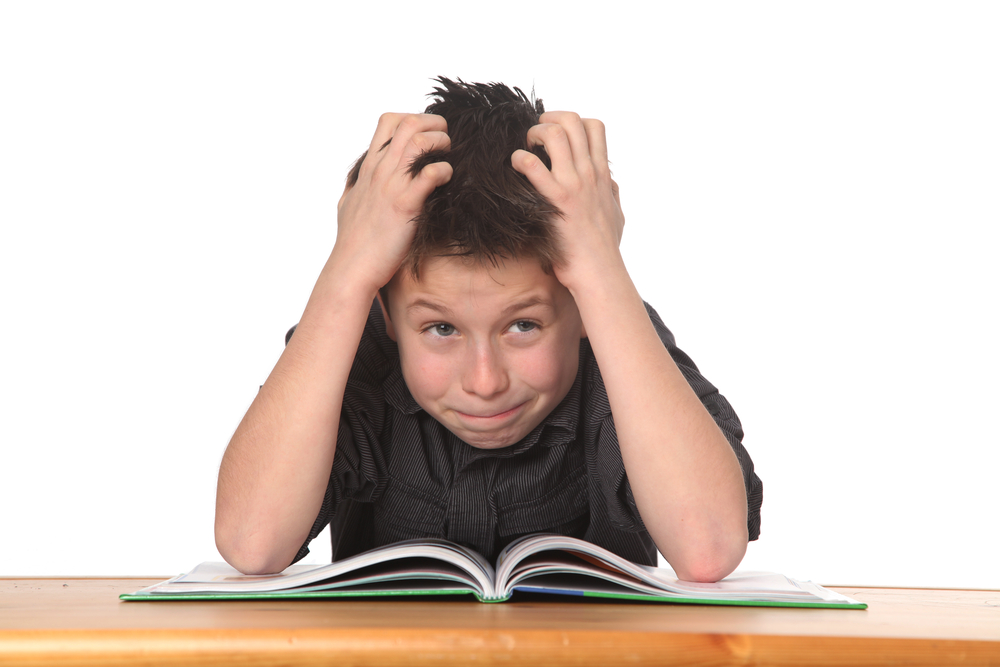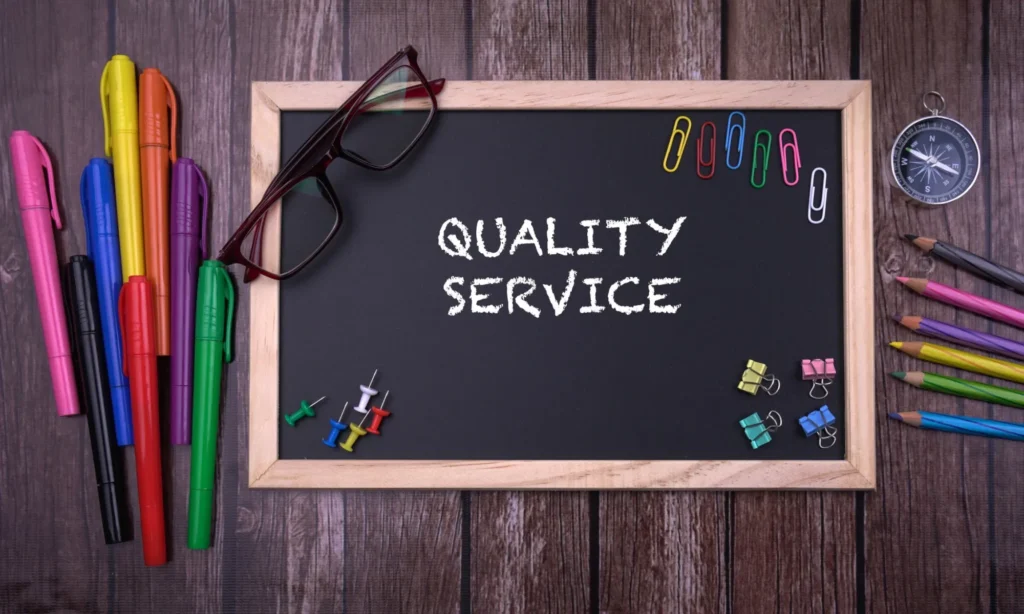- What is a learning disability?
- How to communicate with children with LDs?
- How do learning disabilities affect children’s growth?
- How to help children with LDs?
Learning disabilities are something we may not be entirely familiar with, but they are quite a common occurrence. Up to 15% of children are diagnosed with learning disabilities. Spotting them early will enable you to deal with them properly. But what are the symptoms?
- Problems with reading and writing
- Poor memory
- Lack of attention / inability to concentrate
- Clumsiness
- Difficulty with taking directions
- Difficulty in telling the time
- Problems with being organised
What is a learning disability?
All of the above are also possible in children without any learning disabilities, so, first things first, it is worth taking advice from professionals. Many children have problems with reading and writing, but they are able to overcome them, eventually. However, if this is not the case, it’s possible the kid has dysgraphia. This is one of the most common learning disabilities (LD), which may cause them to struggle with reading, writing or even speaking. There are others, and you may have heard of ADHD. This is closely connected to the “lack of attention/concentration” symptom in particular, as children with ADHD are often unable to sit still or be quiet, they lack organisation and tend to forget things. They also show unstable emotional states.
Another one is dyscalculia which is a source of difficulties with counting and measuring. To put things simply, kids with dyscalculia often have maths-related problems. It is also worth mentioning dysgraphia, which is specifically related to handwriting, making it much more arduous and sloppy. Children with dysgraphia often tend to speak out loud when writing, as they attempt to put everything in order. The other most common LD is dyspraxia which affects motor skills. This is often related to the “clumsiness” symptom.

How to communicate with children with LDs?
The first thing to remember is that learning disabilities are of neurological origin, and are not related to volitional qualities in any way whatsoever. Any child with a LD requires a careful and systematic approach, because they most likely do not understand what the cause of their problems is. Adults may help such a child by conforming to some key rules of communication.
The first one is to set clear expectations. They need to be realistic, of course, and for that, an adult needs to know in advance what the student in question is able to achieve at the moment. A steady path to success will only be possible if there are no steep sections. In other words, they need to progress at their own pace, however, they always need to be challenged in a calculated and measured way.
The second one is to ensure the children get enough feedback. Remember it is not success that needs to be targeted. The process is more important than the product. A good solution which lacks the final product is often worth more praise than a lucky guess.
How do learning disabilities affect children’s growth?
The first thing to be aware of is that learning disabilities may cause frustration and a lack of confidence. As children are perfectly aware of what is going on, even if their communication and cognitive skills are somewhat limited, they will get upset. And they may be sad or angry, resulting in dropping self-confidence and belief that they can achieve their goals. They may also be ostracized by their peers which will make things worse, obviously. This is a tough challenge but definitely something that can be dealt with by applying enough care and showing a lot of love.
How to help children with LDs?
With the above communication rules in mind, you can also help by tending to their needs. If you arrange for them to be successful once in a while, the resulting enthusiasm may get them much further than critical instructions. You may also want to tell them something about how their brains work. This may be an effective way to make them immune to motivation drops that occur after any failure. Remember, all children need a lot of support, but they more often than not want to be independent. They just need an environment that enables them to adapt to a rising challenge. In some cases, they need help at first, and then will do things on their own. Show them the right path, take their hand, and if you let go at the right moment, they will get there on their own.









































